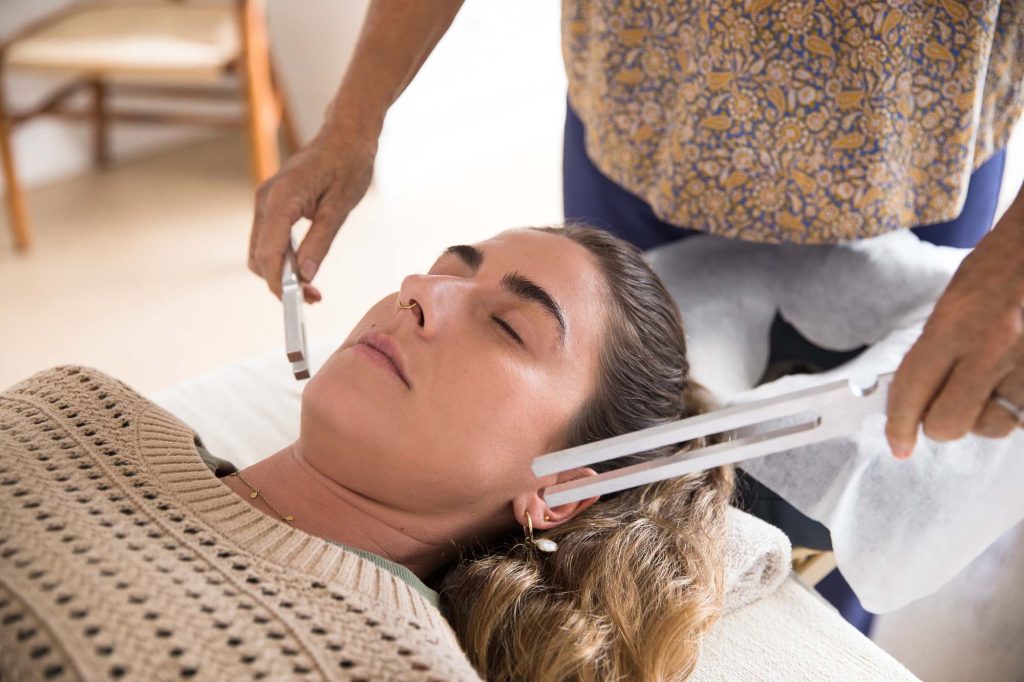
The Development of Applied Physiology
Applied Physiology (AP) is a specialised branch of kinesiology created to bring together the wisdom of Eastern medicine, modern physiology, and innovative stress-management techniques. Over the past four decades, it has grown into a comprehensive system of study and practice, guiding thousands of practitioners worldwide. The Vision of Richard D. Utt Applied Physiology was founded in the 1980s by Richard D. Utt (1949–2011), a pioneering researcher and teacher. Richard’s vision was to create a kinesiology system that respected the depth of Traditional Chinese Medicine (TCM) while remaining accessible and practical for modern students and practitioners. He introduced key innovations such as: The Holographic Model of Muscle Monitoring — seeing the body as an interconnected system. The Seven Element Theory — linking elemental patterns with stress responses. Advanced formatting methods — allowing practitioners to work precisely with specific stress states. Integration of sound, colour, nutrition, and flower essences — expanding the sensory and biochemical pathways available for balancing. Over his lifetime, Richard created 28 books of training manuals and resources, building the foundation for an entire diploma program. His original course methodology extended to 650 hours of training, forming the framework of what became the IIAP Diploma, now recognised internationally. Richard



